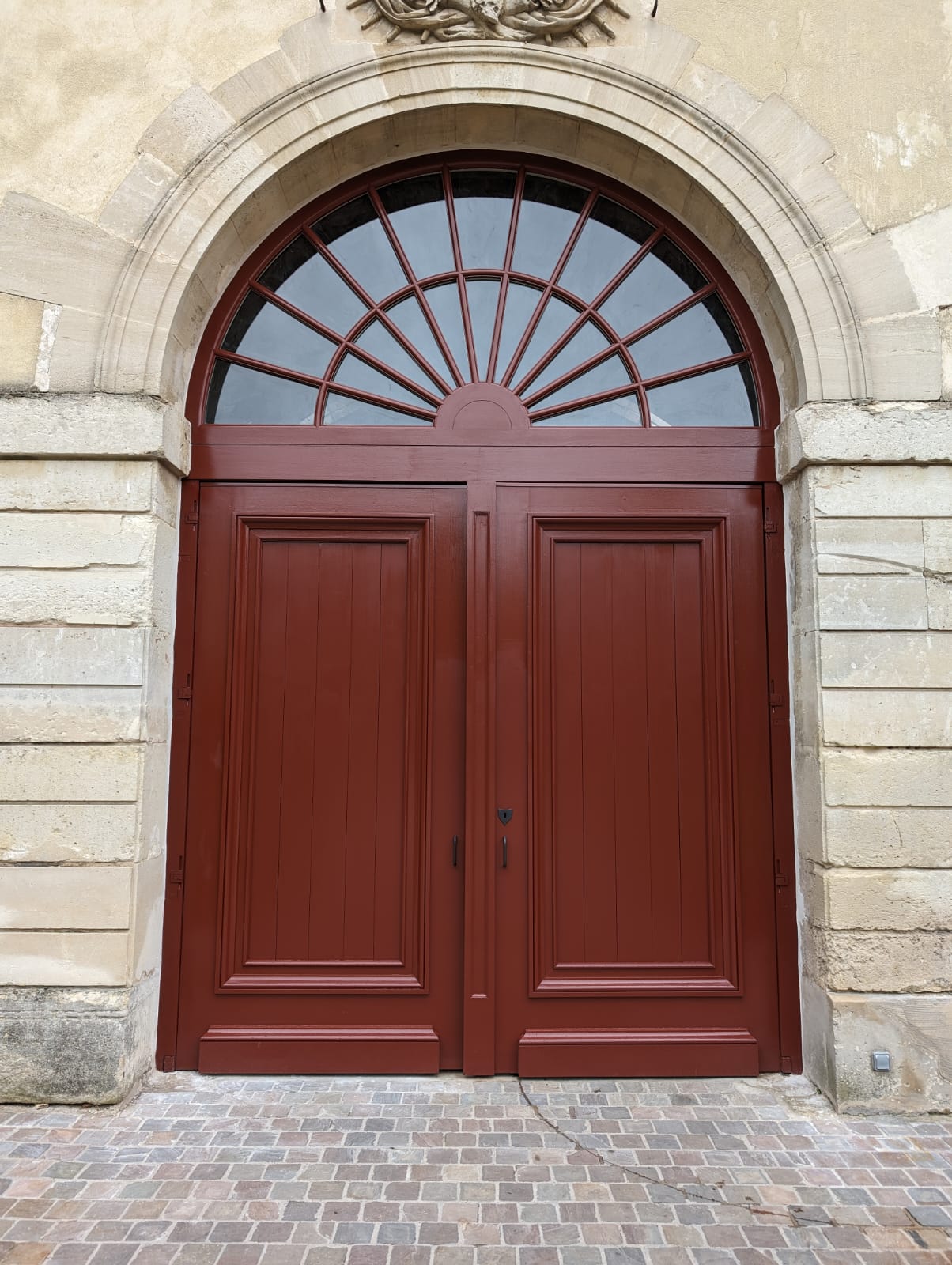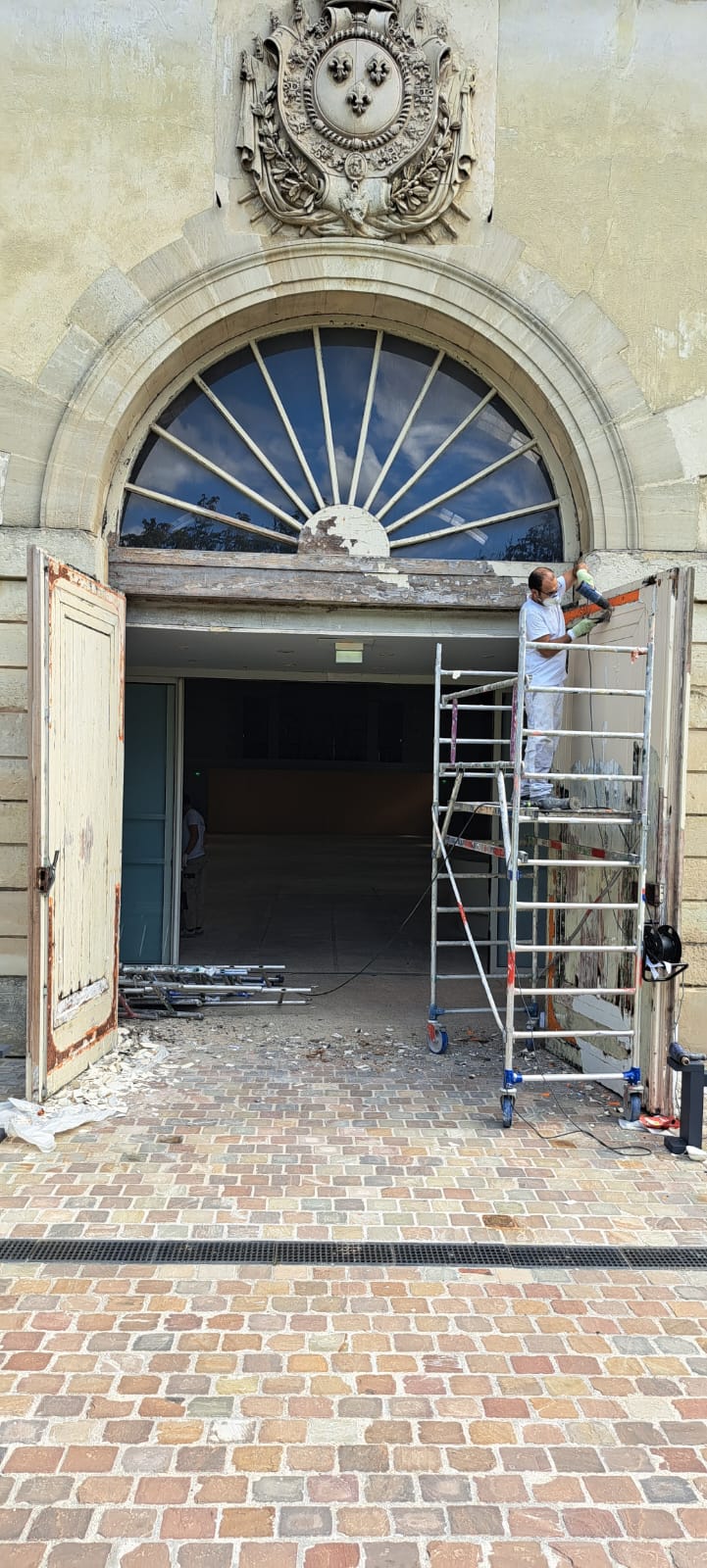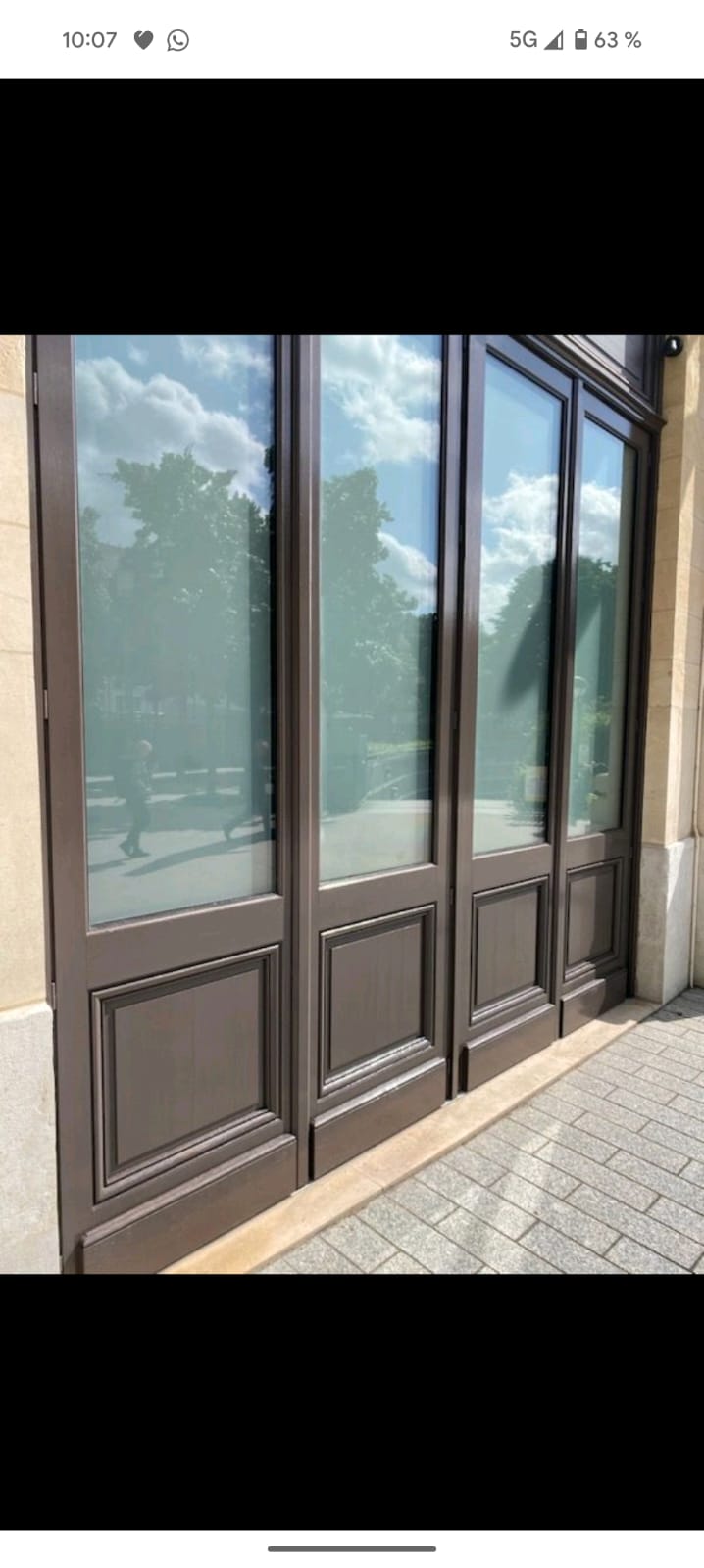
Linseed Oil, a Natural and Sustainable Choice
Discover why our linseed oil paint outperforms industrial paints
renaissance
huile_de_lin.renaissance.title
This document introduces an innovative company dedicated to producing traditional linseed oil paint, based on ancestral methods described in Watin’s 18th-century guide.
While modern chemical paints dominate the market due to their fast drying and stability, they have significant drawbacks, including phthalates and their film-forming nature.
Through research and development, it has been possible to recreate a paint that combines tradition and modernity, offering reasonable drying times for professionals while avoiding the adverse effects of contemporary paints.

History
History of Linseed Oil Paint
Linseed oil paint has been a material of choice for artists and decorators for centuries.
Its use dates back to antiquity, but it was in the 18th century that artisans like Watin perfected manufacturing techniques, achieving rich and durable colors.
This expertise was passed down through generations but was gradually overshadowed by the rise of synthetic paints.

Lasting Protection
Penetration into Raw Wood
After years without maintenance, repainting becomes necessary to prevent irreversible damage to woodwork. Even degraded wood is now protected with SEEDS linseed oil paint. This gate regains its function and beauty.


Easy Maintenance
Simple Sanding and a New Coat Suffice to Restore Protection
Paris, Commerce Exchange Esplanade. Linseed oil paint applied 6 years ago. The City of Paris maintenance service regularly pressure-washes the esplanade’s cobblestones, spraying water, limescale, and dirt. The woodwork is dirty and prematurely faded, subjected to harsh conditions. Reviving the color was essential for aesthetics.
A rinse with clean water and a coat of oil were enough to give it a second youth.


Artistic Development
Flemish painters refine the use of linseed oil in pictorial art.
Watin’s Treatise
Publication of the reference treatise on linseed oil paint by Jean-Félix Watin.
Industrialization
Rise of synthetic paints and gradual decline of traditional paints.
Renaissance
Renewed interest in natural paints and a return to traditional techniques.
Comparison
Linseed Oil vs. Chemical Paints
huile_de_lin.comparison.intro
Linseed Oil Paint
Advantages
100% natural
Biodegradable
No harmful VOCs
Points of Attention
Sensitive to temperature
Requires proper storage
Chemical Paints
Advantages
Stable over time
Easy to store
Disadvantages
Contains phthalates
Presence of VOCs
Non-biodegradable
Reinvent
huile_de_lin.why_seeds.0.because
Facing these challenges, our company set out to rework the traditional linseed oil paint formula. Through extensive research and rigorous testing, we developed a paint that:
Dries in a reasonable time for professionals, enabling efficient application without compromising quality.
Is non-film-forming, ensuring better adhesion and increased durability on treated surfaces.
Avoids the use of phthalates and other harmful substances, offering a healthier and eco-friendly alternative.
Tradition and Innovation
Conclusion
The renaissance of traditional linseed oil paint offers a unique opportunity to rediscover ancient expertise while meeting modern demands.
By combining tradition and innovation, our company is committed to offering high-quality products that preserve cultural heritage while respecting user and environmental health.
We firmly believe this approach will revive interest in traditional paints and promote sustainable practices in the decoration and art sector.
For Whom?
SEEDS is for All Heritage Enthusiasts

Professional
Historic Building Professionals
Artisan, architect, or public authority, working on listed or sensitive sites, sometimes overseen by the French state? Linseed oil paint respects original materials, dries faster than Swedish or Finnish competitors, and does not blister over time.
Technical Paints for Artisans, Architects, and Public Authorities

Professional
Heritage Enthusiasts
You own heritage, like an old house or a character building, and want to renovate it respectfully. Linseed oil paint, besides being eco-friendly, is easy to apply and durable while protecting the structure.
Protect Your Old House with Artisanal Precision

